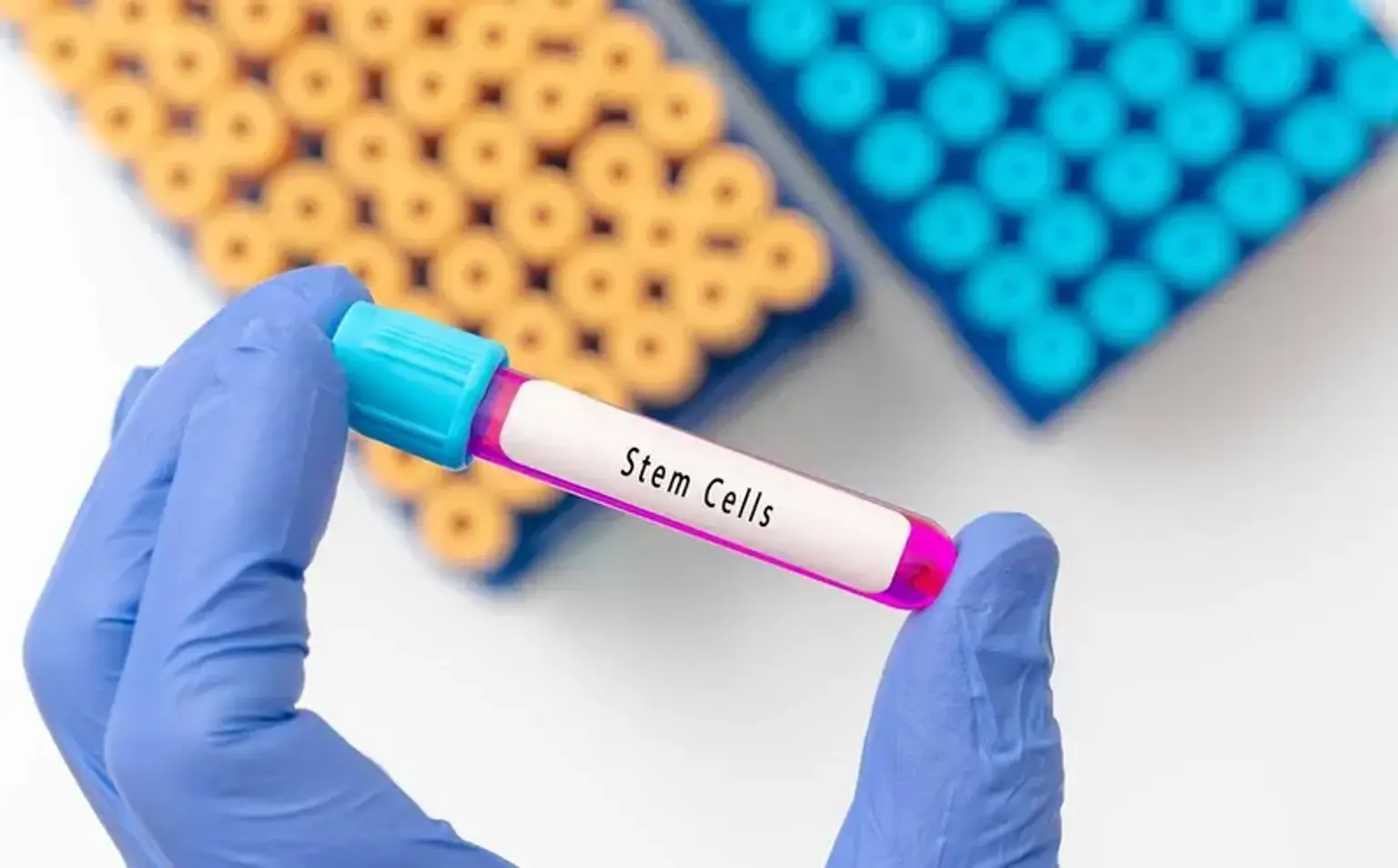Therapeutic Angiogenesis Using Stem Cell
Overview
Stem cells are undifferentiated cells that can turn into specific cells, as the body needs them. Scientists and doctors are interested in stem cells as they help to explain how some functions of the body work, and how they sometimes go wrong.
Ischemic diseases, which are caused by a reduction of blood supply that results in reduced oxygen transfer and nutrient uptake, are becoming the leading cause of disabilities and deaths. Therapeutic angiogenesis is key for the treatment of these diseases. Stem cells have been used in animal models and clinical trials to treat various ischemic diseases.
